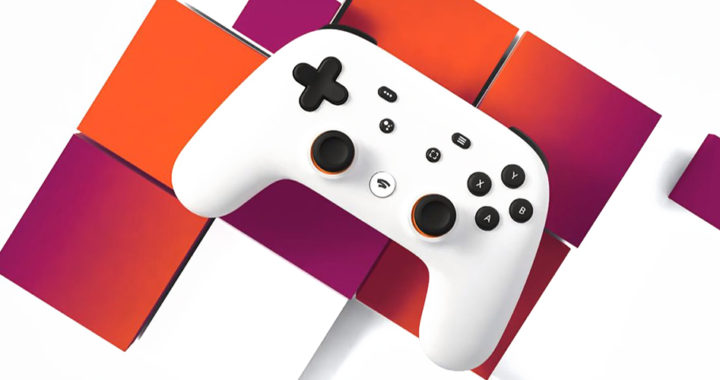Google announced in October 2018 that it was developing a cloud-based gaming service initially called Project Stream. In June 2019, the company formally introduced Google Stadia that will become publicly available on November 2019 to selected countries.
The service competed with PlayStation Now from Sony, GeForce Now from Nvidia Corporation, and Xbox Cloud Gaming from Microsoft. The introduction of these services also highlights the developments in high-speed Internet and the commercialization of cloud computing.
Google had positioned Stadia as a better cloud-based gaming service because it already has numerous data centers across the globe. Most gamers are geographically close to a particular data center, thus allowing them to stream and play games without lag and latency.
The Major Features of Google Stadia
1. Works Across Different Devices
One of the major features of Google Stadia is that it works across different devices, thus catering to gamers from different backgrounds. The cloud-based gaming service works with Chromecast Ultra, Google Chrome Browser, as well as desktop and laptop computers, smartphones, and tablets. Because it has a feature for instantly switching an existing game from one device to another, it allows users to take their gaming experience anywhere.
2. Hardware Specifications
Remember that the service is based on cloud computing. All the heavy lifting from gaming is done by a remote computer or thick client server. Google explained that gamers have remote access to a custom AMD 2.7GHz x86 processor with 16GB RAM, up to 484GB/s transfer speed, and a GPU that has 10.7 teraflops of power. Because it is based on cloud computing, all hardware upgrades transpire remotely at the server-side.
3. Operating System
Google Stadia is built on the Linux operating system and the graphics and computing API Vulkan. The developers are also integrating LLVM and DirectX Shader Compiler to ensure better features and performance from their compilers and debuggers. Google also noted that the service supports popular game engines such as Unreal and Unity.
4. High Definition Gaming Experience
The hardware capabilities of Google means that it does not really matter whether Stadia gamers are using their computer, phone, or tablet. The gaming experience is essentially the same across different devices. In addition, Google Stadia offers gaming at 1080p to 4K gaming. The 4K support runs at 60 frames per second with HDR and 5.1 surround sound. Google also announced that the service would also offer 8K gaming in the future.
5. The Stadia Controller
Playing games via Google Stadia requires using the proprietary controller. It connects wirelessly via Wi-Fi and directly to the Google data center. Google explained that the direct connection via a wireless router reduces input latency, thus resulting in a lag-free gaming experience. Note that gamers can also use any HIB-class USB controller.
6. Based on Subscription Model
Streaming gaming services follow the same subscription business model used by providers of video and music streaming services such as Netflix and Apple Music. The service costs at USD 9.99 per month for full 4K HDR. However, unlike video and music streaming, gamers are required to purchase game titles to stream them via Stadia.
Additional Software Services of Google Stadia
More than just a cloud-based gaming platform, Google also packages Stadia with additional and complementary software services for a fully-featured gaming experience. Take note of the following features:
• Google Assistant Support: The integration with Google Assistant will allow gamers to search for game titles, reviews, and other relevant contents, as well as ask for help through tutorial videos or gaming tips and hints.
• YouTube Integration: Game streaming is now part of the entire gaming experience. Users can live stream their gameplay or what other streamers while playing a particular game title due to the seamless integration with YouTube.
• State Share and Crowd Play: Both features are worth highlighting. They allow gamers and spectators to share a playable moment from a game instantly. Clicking on the shared content transports the user to that specific moment in the game.
Note on Internet Speed Requirements
Of course, cloud-based services depend on a reliable Internet connection. For Google Stadia to be playable, a user needs to have at least 10Mbps connection to stream 720p gaming with stereo sound. 1080p gaming with 5.1 surround sound requires at least 20Mbps while 4K gaming with 60fps and surround sound requires at least 35MBps connection.

